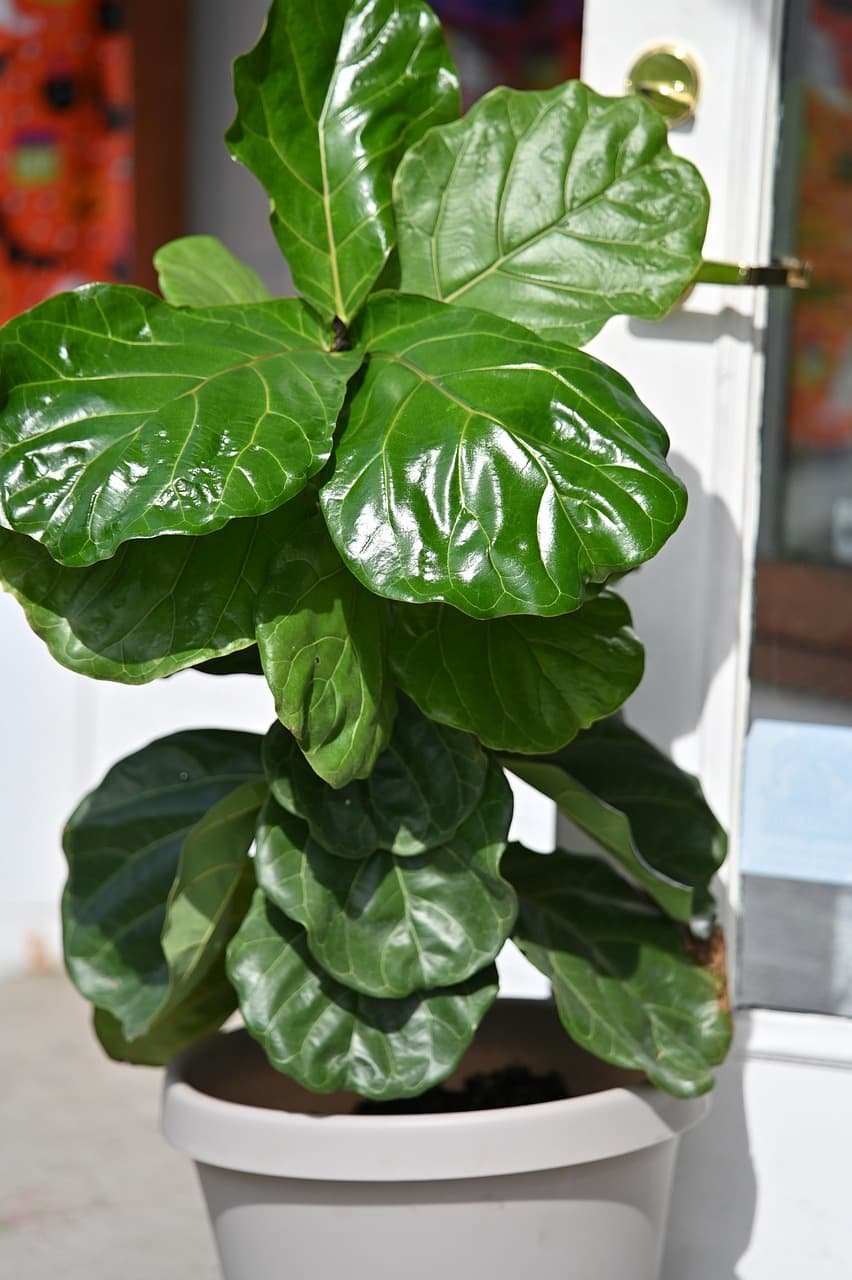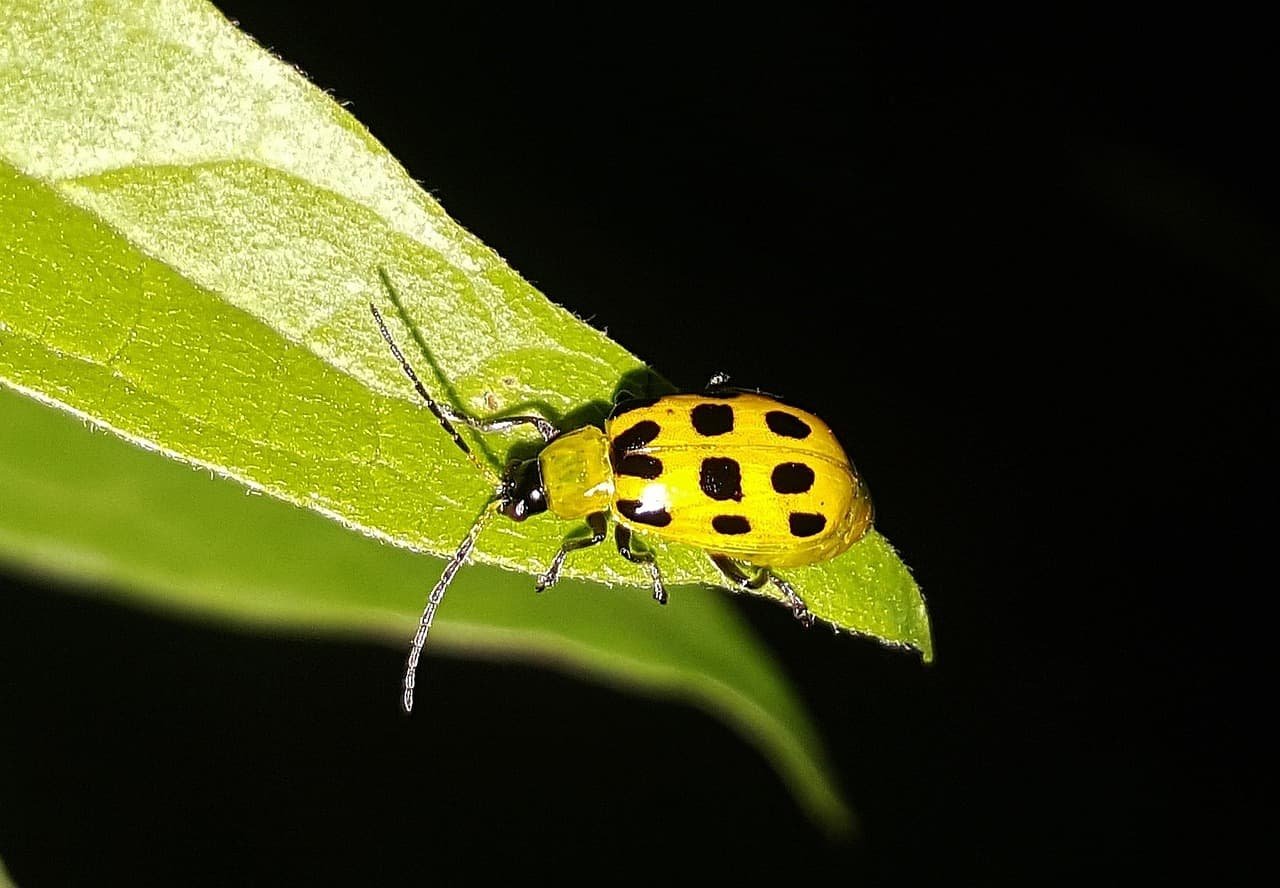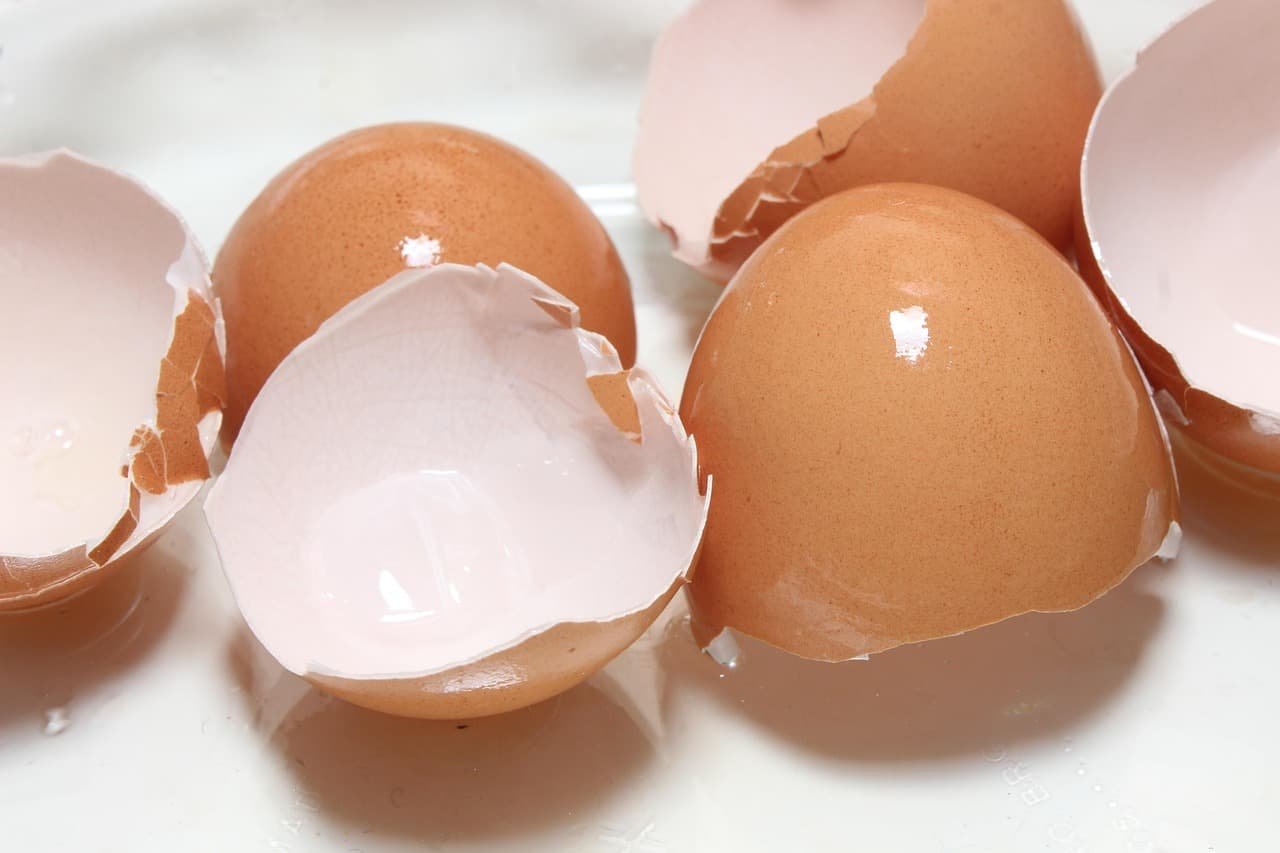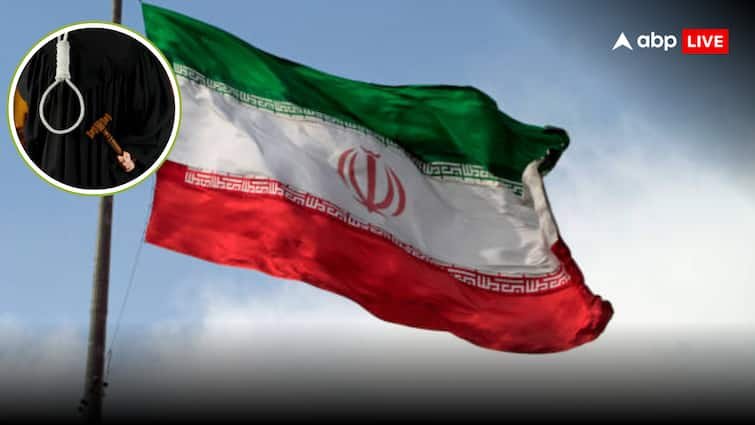Draped in a blue pattu sari, gold chains around her neck and ears heavy with jewellery, 60-year-old Rangamma of Hothi B. village in Telangana’s Medak district still carries the quiet dignity of a woman who once believed she had a stake in change. Seated on the low wall of a village well, she opens her lunch box, tears a piece of jonna rotte (jowar roti) and eats it with mango pickle under the noonday sun.
“We are innocent, illiterate women,” she says, recalling how they were once drawn into a new world of sanghams (voluntary village-level associations) and savings. “They told us we could save, take loans, stand on our feet. So we believed and started saving — first ₹1 a week, then ₹5,” adds the mother of four.
For over four decades, the Deccan Development Society (DDS) helped transform the lives of Dalit women across Telangana’s arid Zaheerabad mandal (Medak). The agri-based voluntary organisation turned fallow land into food, built homes, created seed banks, ran alternative public distribution systems and drew global recognition for its community-led model. It was a story of transformation, and pride. But now, that pride has curdled into pain and suspicion. Women like Rangamma who helped build the movement are raising difficult questions — about missing savings, land deals and the lack of transparency in the very institution they helped build.
Land, caste and a sangham
Beyond the spanking wide roads of western Hyderabad, beyond the skyscrapers of the Indian Institute of Technology-Hyderabad, and beside the Bidar-Hyderabad road is a green oasis — Pastapur village in Zaheerabad mandal. Speckled with two-storey houses, gabled roofs and farmlands, the village is just another prosperous settlement in Telangana. But beneath its serene surface lies a story of struggle, solidarity and simmering doubt.

Under the leadership of P.V. Satheesh, the DDS became a nationally and internationally recognised model for grassroots development and millet revival.
| Photo Credit:
Nagara Gopal
On a bright, sunny day, shaded by tamarind and neem trees near the village well, a group of women chat about sanghams, sorghum and sustainable farming — terms that have been part of their lives since the 1980s. This is the land of the DDS, in the drought-prone Zaheerabad region.
“The movement of sanghams started in Bardipur,” says B. Jayappa (65), a resident of Medak and one of the initial joinees of the savings scheme. “I reached out to G.S. Gopal after the foundation of our homes was wrecked by the upper castes in 1982. They blamed us for eating peddakura (beef) and did not want us to build homes close to the temple.”
At the time, Gopal was part of the IDL Rural Development Trust, a subsidiary of industrial explosives manufacturing unit IDL Industries Limited. He would putter around on a scooter, working on development projects in Medak — then the constituency of Indira Gandhi, who had just won the Lok Sabha seat. IDL had stepped into the picture as the Centre had allowed 100% tax exemptions to corporates.
Gopal helped 20 villagers to band together and form the first informal small savings self-help group (SHG). The then State government pitched in with aid of ₹5,840 per house, and with IDL’s help, 16 houses were built. “Those houses still stand,” says Jayappa.
By 1983, the Deccan Development Society was formally born. It brought together thousands of marginalised women in the region, creating a voluntary association centered around sustainable and equitable development.
Savings, loans and livestock
At a time when daily wages were ₹2 a day, villagers began saving ₹1 per week — a humble but radical act of collective empowerment. The pooled money enabled members to borrow for livelihood needs.
“Twenty years ago, we started by saving ₹5, ₹10 and ₹50. Then we would borrow to buy goats for ₹1,600 or buffaloes for ₹4,000. Whatever we earned, we deposited back with DDS so we could borrow again. Then the sangham closed,” shares Nagamma, a frazzled grandmother from Dannavaram village who was just 20 when the movement began. She had two daughters and a son at that age. “I still don’t have land. But I have hands,” she adds with a hint of pride.
One of the first funding agencies to recognise the role of women, savings and sorghum, and step in to support DDS was Germany’s Brot für die Welt (Bread for the World) in 1989. A major turning point came in 1995 with the Fourth World Conference on Women in Beijing, which placed gender equality on the global development agenda. For DDS, which had already ticked boxes on gender justice, Dalit empowerment, dryland agriculture and seed sovereignty, this brought a rush of international funding.
DDS began working with thousands of Dalit women, promoting sustainable agriculture, reviving native greens, setting up grain banks, and rejuvenating fallow lands. It created one of India’s earliest community-run alternative Public Distribution Systems (PDS), where instead of rice, millets — the food grain of the region — were distributed village-wise.
DDS offered ₹4,200 per person to turn fallow land productive and grow millets over a three-year period. The harvest was distributed locally with DDS subsidies, using a five-point poverty scale to determine eligibility. This created seed sovereignty in the region as 574 acres came under cultivation and spurred food security rooted in local traditions. Jonna rotte (sorghum roti), a staple for people in Telangana, Maharashtra and Karnataka, returned to the table.
But while the model thrived in theory, cracks began to appear in its practice.
“We got seed money to cultivate the land and deposited part of our earnings with DDS. We gave 25% of what we earned, they promised to add 75% and give it to us in times of need. We dug wells, built watersheds, picked stones and even contributed ₹210 for a sangham shop,” Rangamma says. “But when I asked about the ₹3,000 we had deposited 20 years ago, the bank said my name wasn’t even in the joint account book. At the police station and Mandal Revenue Officer’s office, they taunt us by saying that DDS has more money than the government.”
Did the sangham members ask for the money? “Yes, we did. We were told it is safe. But later, whoever asked for money was dismissed,” she sighs.
Divya Veluguri, executive director of DDS, confirms the complaints. “We have initiated a process where savings are being returned following verification of records held by both DDS and sangham members. In most cases, the loan amounts taken were higher than the deposits. This is documented both at DDS and in sangham ledgers. So far, we have issued notices in 30 villages, inviting members to reclaim their deposits.” Yet discontent runs deep.
The main man and the money
“Satheesh did not let anyone question his functioning,” says Jagannath Reddy, a resident of Mogudampally village in Medak who worked with DDS from 1986 until his sudden dismissal in 2009.
The man at the centre of both reverence and resistance was Periyapatna Venkatasubbaiah Satheesh. A graduate of the Indian Institute of Mass Communication, Satheesh had worked with Doordarshan in Hyderabad before he joined DDS in its early days. He would go on to lead the organisation for four decades until his death in March 2023.
From setting up balwadis (pre-schools) and mobilising women’s groups to pushing for food sovereignty and sustainable farming, Satheesh shaped the organisation’s philosophy and reach. Under his leadership, DDS became a nationally and internationally recognised model for grassroots development and millet revival. Over time, the institution builder became the institution itself, earning the sobriquet ‘Millet Man’.
“The issue was always money. The SC Corporation was helping Dalit farmers. The DDS helped buy 40 acres of fallow land for ₹1.3 lakh. Once the land became cultivable, the sangham wanted to buy the land for ₹50,000, paying ₹10,000 a year. But DDS sold it to a Hyderabad buyer at ₹1 lakh per acre. I was dismissed for putting such ideas into the heads of the villagers,” Reddy says.
“From the time he set up balwadis and worked with farmers to the day I was dismissed from my job, I saw Satheesh change,” he adds.
Sangham members allege the sale of acres of land over the years in Kuppanagar, Mansoor, Bapanpalli, Raipalli, Yelgudo, Metlagunta, Cheelamamidi, Yedulapalli and other villages.
“The balwadi lands are owned by DDS with clear titles to DDS. While some of this land has been sold, it was done after following the due process, including notification in newspapers, competing bids and sale thereafter,” says Veluguri.
As of March 31, 2012, DDS had assets worth over ₹2 crore and a separate account for foreign contributions. Its donors once included Misereor (Germany), Canadian social justice organisation Inter Pares, Danish humanitarian organisation The Swallows, Dutch development financing institution Hives and UK charity Christian Aid.
But by 2025, its donor list had shrunk to just two Indian and two foreign agencies. Twenty-eight agencies had stopped funding. Brot für die Welt, one among the first to support DDS, ended its association in 2022. Changing norms under the Foreign Contribution (Regulation) Act after 2014 also tightened the screws on NGOs in general.
A turning point and a reckoning
“The women have lost money. They don’t have a leader. What is the point of having such a famous organisation when it does not do justice to its members? The women saved ₹2,500 to ₹3,000 some two decades ago. At that time, land was priced at ₹4,000 per acre. Now, the same land costs ₹40-₹50 lakh,” says Shaikh Ahmed, secretary of the Human Rights Forum, which carried out a fact-finding mission in the villages.
On February 13 this year, almost two years since Sateesh’s death, hundreds of women marched through the streets of Pastapur, holding placards and demanding the return of their savings before squatting down in protest outside the DDS office — the very office they had helped build and which had once been the fulcrum of their lives. An institution that had empowered them, giving them a voice and autonomy, had now become the one they were raising their voices against.
DDS, once the toast of development circles, is now struggling to retain the trust of its earliest supporters.
Yet, it had once heralded change in the most profound way — by empowering Dalit women, helping them reclaim dignity, land and livelihoods in deeply caste-stratified villages.
When those 16 homes were built in Bardipur with IDL’s help in the early 1980s, upper caste villagers had tied a slipper to the village neem tree — a warning not to hire Malas and Madigas, both Scheduled Castes communities. “If you do, we will beat you with this,” they had said. Now, 40 years later, the slipper is gone.
“Thanks to the plantation work, sanghams and SHGs, divisions in society have disappeared to a large extent. Discrimination persists only in some villages, and among a few,” says Jayappa.
But even as social walls break down, another wall — that of silence over money and land — looms large. The women who once found strength and solidarity through the sanghams are now left waiting, voices raised once again. This time, not for change, but for answers.
Published – May 02, 2025 10:49 am IST














Leave a Reply